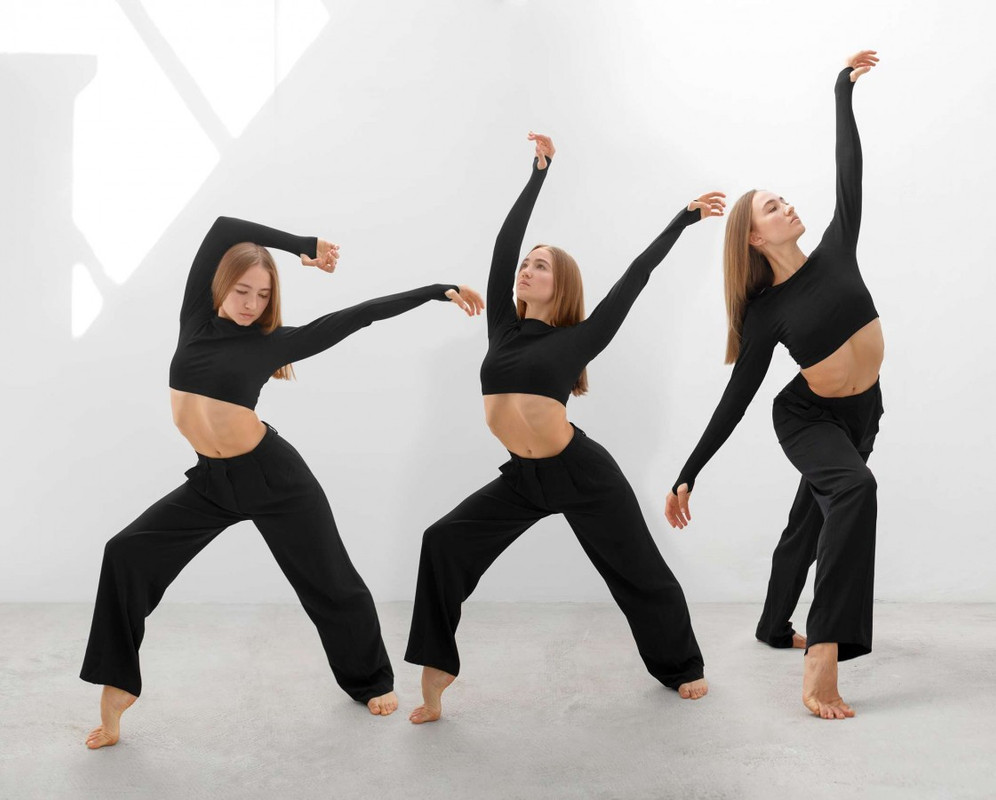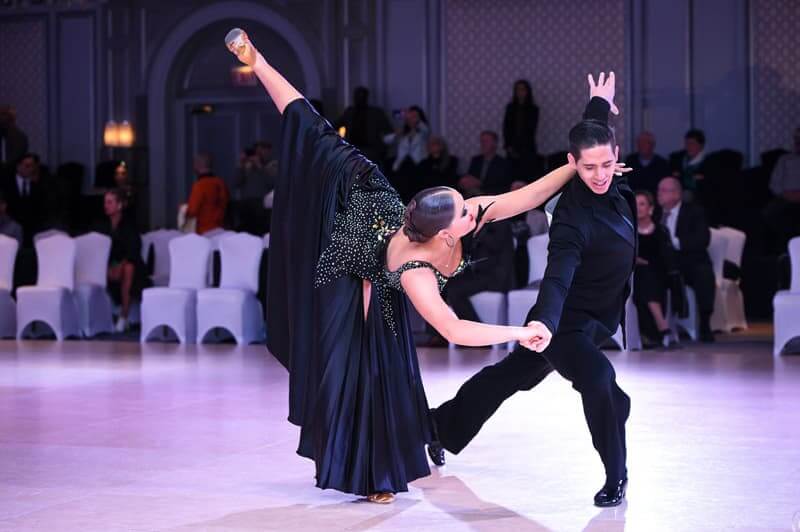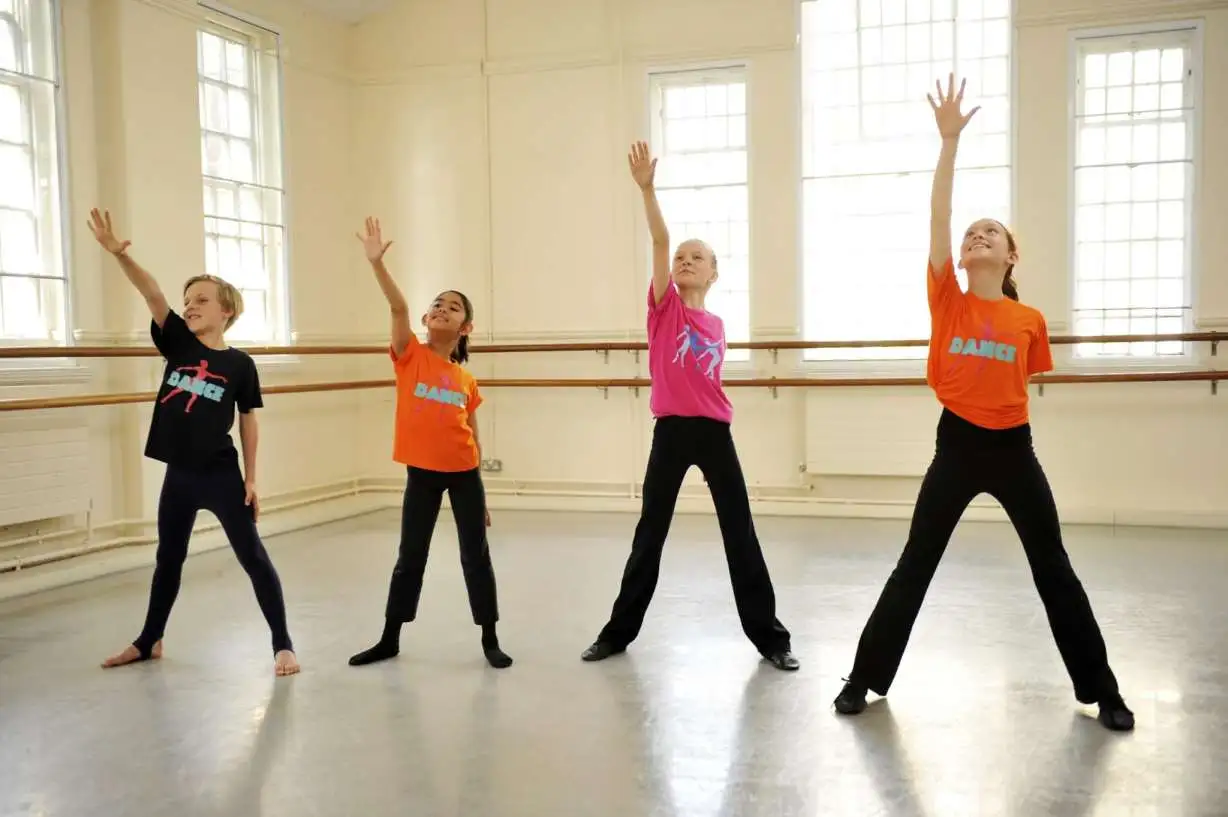What are different types of dance? Dance comes in a wide variety of forms, from more contemporary forms like hip hop and contemporary to more traditional forms like ballet and ballroom. Folk dances, or the traditional dances of certain civilizations, can come in a broad variety. There are also theater dances like jazz and tap, as well as social dances like salsa and swing.
The language of dance is global. It has been used for millennia and across cultures as a means of celebration, spiritual practice, storytelling, and expression. Dance forms are as varied as their performers, ranging from sophisticated ballet routines to exuberant hip-hop contests. We'll look at some of the most well-known and significant dance forms from throughout the globe in this blog.
Different Types of Dance and What Makes Each Unique?

1: Ballet
One of the earliest and most traditional dance styles is ballet. Ballet, which began in Italy during the Renaissance and later evolved in France and Russia, places a strong emphasis on technique, elegance, and accuracy. Ballet can be classified into three styles: classical, neoclassical, and modern. Swan Lake and The Nutcracker are two well-known ballets that still enthrall audiences today.
2: Hip-Hop
In the 1970s, hip-hop dance first appeared on New York City streets. It is a component of a broader hip-hop culture that also include graffiti art, MCing, and DJing. Hip-hop, which incorporates forms like breaking, popping, locking, and krumping, is renowned for its improvisation and freestyle motions.
Related Article: How to Learn How to Line Dance Near Me?
Notable attributes include battles, street style, rhythm-focused movement, and freestyle.
3: Contemporary Dance
Classical ballet, jazz, lyrical, and modern dance are all incorporated into contemporary dance. It began to take shape in the middle of the 20th century and emphasizes adaptability and freedom of speech. In their performances, dancers frequently employ improvisation, floor work, and gravity.
Notable attributes include experimentation, floor work, fluid movements, and emotional expression.
4: Jazz Dance
African-American communities gave birth to jazz dance, which gained popularity in the early 1900s. It developed in tandem with jazz music and is renowned for its powerful technique, energetic motions, and deft footwork. It is now a standard in both commercial and musical theater productions.
Sharp motions, body component isolation, syncopation, and theatrical flare are notable characteristics.
5: Ballroom Dance
The foxtrot, cha-cha, tango, and waltz are just a few of the partner dances that are part of ballroom dancing. These dances, which are renowned for their grace, timing, and partner cooperation, are frequently performed in social and competitive settings.

Notable characteristics include competition-focused labor, formal dress, rhythm and timing, and partner work.
6. Tap Dance
The key to tap dancing is rhythm. With each step, the metal plates on the dancers' special shoes produce music. It's like simultaneously drumming and dancing! With origins in Irish and African dance traditions, tap has emerged as a crucial component of musical theater.
Read Also: How Dancing and Entertainment Can Relate to the Modern World?
Notable attributes include musicality, percussion sounds, and rhythmic footwork.
7. Latin Dance
Salsa, bachata, merengue, and samba are examples of fast-paced, passionate forms of Latin dance. These dances, which have their roots in Latin America and the Caribbean, are renowned for their intricate footwork and lively intensity.
Notable features include sensual motions, a strong emphasis on rhythm, and a joyful, communal vibe.
8. Folk and Cultural Dances
There are customary dances in every culture. These dances, which range from Ireland's energetic jigs to India's elaborate Bharatanatyam, convey tales, preserve history, and unite people.
Prominent Illustrations:
- India's Kathak
- Spain's flamenco
- Hawaii's hula
- Dragon Dance in Chinese
- The Russian Troika
Highlights include storytelling, cultural history, distinctive clothes, and music.
9: Modern Dance
Modern dance, which is regarded as a broad type of dance, originated mostly in western nations like the USA and Germany in the late 1900s. Modern dance relies on the dancer's understanding of the music and emotions to guide movements, whereas most other dance styles are structured and have predetermined routines. What's the different types of dance for 2025?
Distaste for the constraints of classical dances like ballet, which frequently oppressed dancers with strict rules and skills, gave rise to modern dance. With the ability to practice dances like ballet without having to strictly focus on their turnout or technique, modern dance is currently loved by people all over the world.
10: Swing
In reaction to swing jazz's increasing popularity in America, a jazz dance variation known as swing emerged during the 1920s and 1940s. Dance changed as a result of the jazz era's musical progression, with styles like swing music promoting quicker, more strenuous motions. What are the 12 types of ballroom dance? How Does Dance Fitness Involve Physical Education?
Many of the famous swing dances are still performed today, such as the Lindy Charleston, Jitterbug because Lindy Hop, and Balboa. Big Group musicians, who frequently performed lively tunes that were simple to listen to and effortless, would frequently accompany swing dancing.
Conclusion
Want to know the complete guide on how many types of dance there are? There is a style for everyone, whether you're dancing in your living room, on a stage, or in a studio.
Dancing provides us with a joyous means of self-expression, unites people, and honors culture. Why not try a different look today? What kind of dancing is your favorite? Post your ideas or personal stories in the comments section below!







